
I can see the sea!” my brother and I would shout out in unison as we crested the hill at Mariakani, one of the coastal settlements overlooking the port of Mombasa, where the East African coast meets the Indian Ocean. It was that first glimpse of the sea that marked the end of a long journey, and the start of our family holiday.
The journey began in Nairobi, and always before dawn. Our cherry-red Datsun 120Y would be loaded up with bags and sandwiches, headlights on, engine running and my dad, drawing on the first of many cigarettes, would wait impatiently for his bleary-eyed brood to get ready.
This was the early 80s. Kenya, with its post-colonial borders shaping a new national identity, was a young country and we were a young family on a trip to the seaside. The draw was the Indian Ocean. I can still remember how the smell and feel of the air changed as we left the high-altitude city of Nairobi, with its cool, dry atmosphere giving way to the dusty, hot savannah air that, in turn, slowly became warm, humid and salty as we made our gradual descent to the coast.
What I didn’t know then, which I do now, is that on that journey my senses were awakened to an ancient and invisible dance. Powered by the sun, this is a molecular exchange where energy, minerals, nutrients and water are perpetually cycled between the ocean, land, air and all living things. Known respectively as the hydrosphere, geosphere, atmosphere and biosphere, the reality is these realms have no real boundaries and, in the past 30 years or so, scientists studying this ‘dance’ have come to view the Earth as a single system, in which the ocean plays a major part.
This story is from the {{IssueName}} edition of {{MagazineName}}.
Start your 7-day Magzter GOLD free trial to access thousands of curated premium stories, and 9,000+ magazines and newspapers.
Already a subscriber ? Sign In
This story is from the {{IssueName}} edition of {{MagazineName}}.
Start your 7-day Magzter GOLD free trial to access thousands of curated premium stories, and 9,000+ magazines and newspapers.
Already a subscriber? Sign In
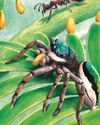
Jump Around - Bagheera Kiplingi - The acrobatic spider with a predilection for veggie food
Spiders eat flies, right? everyone knows that the 45,000 or so spiders in the world are all obligate carnivores, more or less – eating other animals, mainly invertebrates. Nature, however, loves an exception, and one particular spider missed out on that ecological memo. It goes by the wonderful scientific name of Bagheera kiplingi, and its claim to fame is that its diet is – at least mostly – vegetarian.
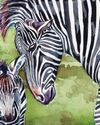
Female of the Species - Zebras - A strong sisterhood is key to staying safe
Zebras are masters of confusion. Their collective noun is ‘a dazzle’, which is fitting since their bodies and behaviour have been surprising scientists for centuries.
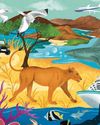
See It, Save It? - Wildlife tourism can be a powerful ally in protecting nature - but it can also harm it. We weigh up the pros and cons.
The sums of wildlife travel aren’t as simple as more tourists equals happier nature. How much did my visit really contribute to the conservation of Lady Liuwa and her habitat – and was that outweighed by carbon emissions from my flights? Did my presence disturb the animals’ natural behaviour more than it reduced the threat of poaching or benefited local communities?The question of whether wildlife travel is, on balance, good for wildlife is a complex one – and there’s no simple answer.

Can Your Really Offset Emissions? - Planning an overseas wildlife-watching trip entails facing some inconvenient truths
Imagine (or maybe you don't need to) that you hanker after the safari trip of a lifetime in sub-Saharan Africa. A 17-day tour beginning at the iconic Victoria Falls, passing through Zimbabwe, Zambia, Malawi and Tanzania, taking in some of the continent’s most wildlife-rich national parks, and ending on the lush island of Zanzibar.
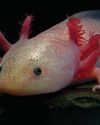
Metamorphosis: a life-changing event
WITH EVOLUTIONARY BIOLOGIST JV CHAMARY
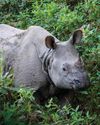
New series for BBC One: Asia
Settle in this autumn for a new natural-history extravaganza on BBC One and iPlayer: the longawaited Asia, presented by Sir David Attenborough.
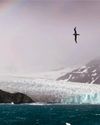
Loss of Antarctic sea ice could impact seabird food supply
Albatrosses and petrels may be forced to fly further to feed
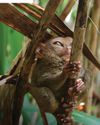
Tarsiers in trouble
Urgent action is needed to ensure survival of the Yoda-like primate

SNAP-CHAT
Chien Lee on shrew loos, rogue drones and being rained out of bed
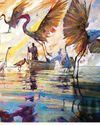
VISIONS OF NATURE
The winners of the Wildlife Artist of the Year competition 2024, from David Shepherd Wildlife Foundation